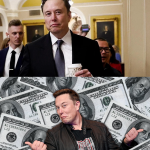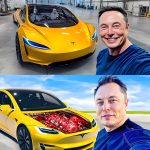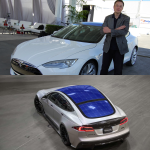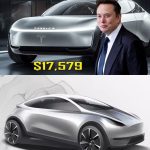Elon Musk has said that his brain chip company, Neuralink, plans to implant its artificial visual prosthesis, Blindsight, into a human for the first time by the end of 2025.

In an incredible leap forward for both neuroscience and technology, Elon Musk’s Neuralink has revealed plans to implant its groundbreaking artificial visual prosthesis, Blindsight, into a human for the first time by the end of 2025.
Blindsight, Neuralink’s revolutionary brain chip innovation, aims to restore vision to those who have lost it due to blindness or severe visual impairments. This sophisticated neural implant works by bypassing damaged parts of the visual pathway and directly stimulating the brain’s visual cortex, allowing users to “see” in a completely new way.
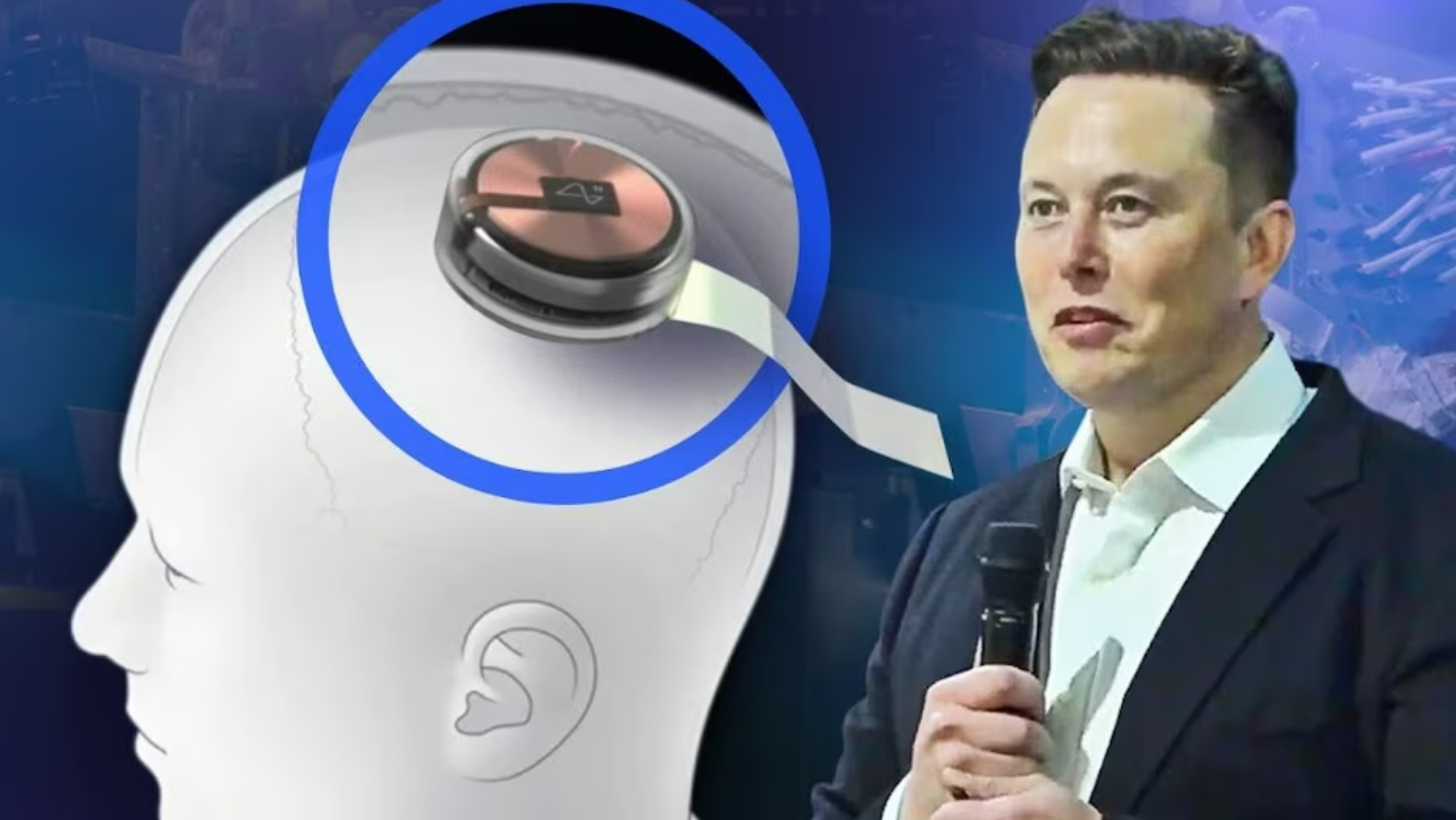
Here’s what makes Blindsight a game-changer:
-
Restores Vision: Could offer a new form of vision for the blind or visually impaired.
-
Brain-Computer Interface: Uses advanced neural implants to communicate directly with the brain.
-
Neuroplasticity: The chip allows the brain to adapt and process visual information.
-
Potential to Revolutionize Healthcare: Opens the door for artificial sensory devices, paving the way for other medical breakthroughs.

Neuralink’s ambitious plan has already passed animal testing, and now, the first human trial is set for 2025—marking a new chapter in the intersection of AI, medicine, and human augmentation.
Elon Musk is pushing boundaries once again, promising that Blindsight will not only help those with visual disabilities but may also offer insights into treating brain-related conditions.
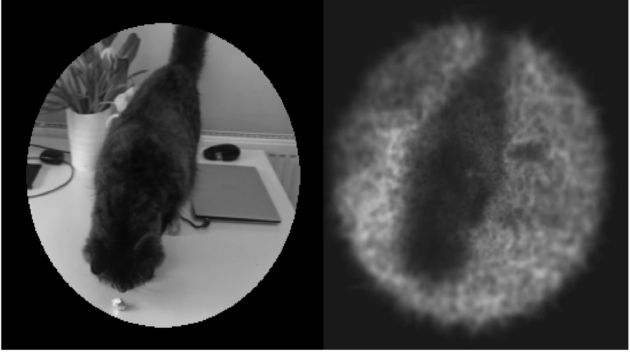
As Musk famously said:
“We are just scratching the surface of what is possible with brain-machine interfaces.”
Could this be the next step toward enhancing human abilities? Only time will tell. But one thing is certain—Musk’s Neuralink is on the cusp of a new era in neuroscience.

